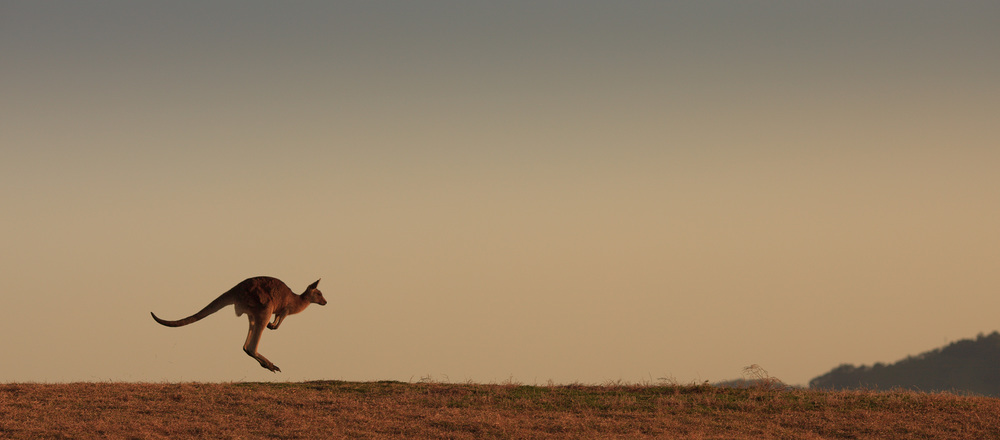
WHAT IS THE ALTERNATIVE?
If kangaroo numbers are left unchecked, the boom/bust cycle of population growth and decline with good and bad seasons is accentuated. This would result in more kangaroos suffering when seasons turn bad.
Angela Tansell, Koralta Station, Little Topar, NSW
The sad thing is we are heading for a drought in this area again, as are many parts of Australia still. The copious amount of kangaroos brings this on a lot quicker as the water diminishes and the feed is all gone. It won’t be long and these kangaroos will be starving and out of water. The sight of many huge red kangaroos sitting around a dry water hole waiting for water and being too weak to move and having their eyes pecked out by birds as they sit there is a very morbid sight. I have seen this many times over as I have been on the land all of my life. It makes more sense to utilise these animals as a resource than to just waist them. It is much kinder to do this in a controlled manner and humanely as per the very strict guidelines and regulations set by the authorities for the humane culling of kangaroo.
KD, RA & BD Ingram, Aston Station, Wentworth, NSW
Our seasons vary from boom to bust; and we must be able to balance diversity by managing kangaroos through harvesting. In boom times the kangaroo population explodes. In the dry and drought times excess kangaroos suffer badly.
Harley West, Ballandean, QLD
A feature of the kangaroo, is its ability to rapidly increase in numbers after good seasonal rains or floods. Tragically this new abundance is then left to starve and die of thirst as the dry weather returns. This sad reality makes the commercial kangaroo harvest the main tool which is effective to control kangaroo numbers and like any commercial activity, it relies on markets to give stability, support and consistency. If markets are closed then the industry here will struggle to be viable. While this may, at first glance, be good news for the kangaroo, it will in fact be bad news for the kangaroo. My impression of the land managers that I have met is that they want the ‘roos to stay but that the population needs to regulated so that the ‘roo, the pastures, the grazing animals and the farmer can all share in the bounty that nature provides.